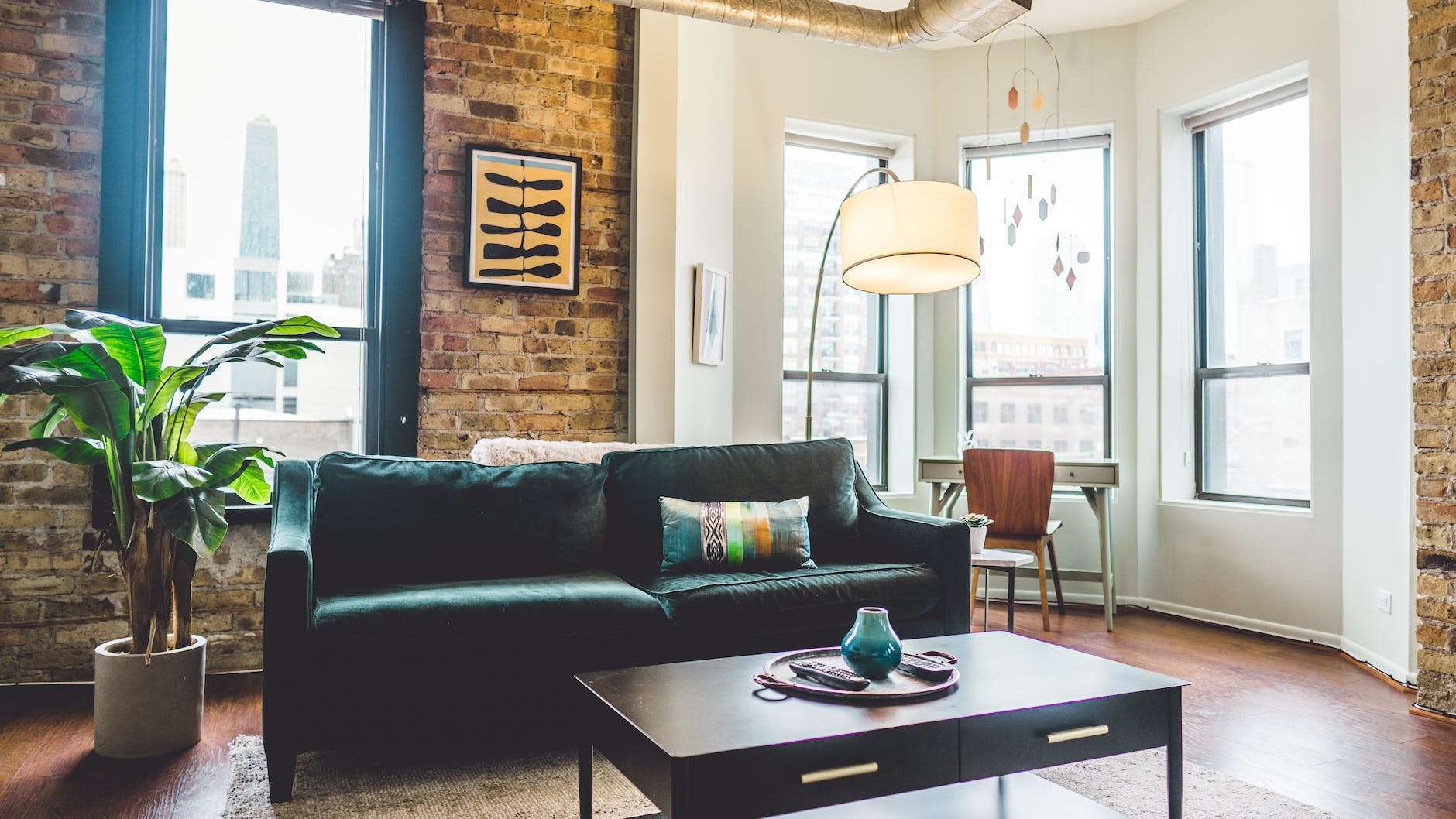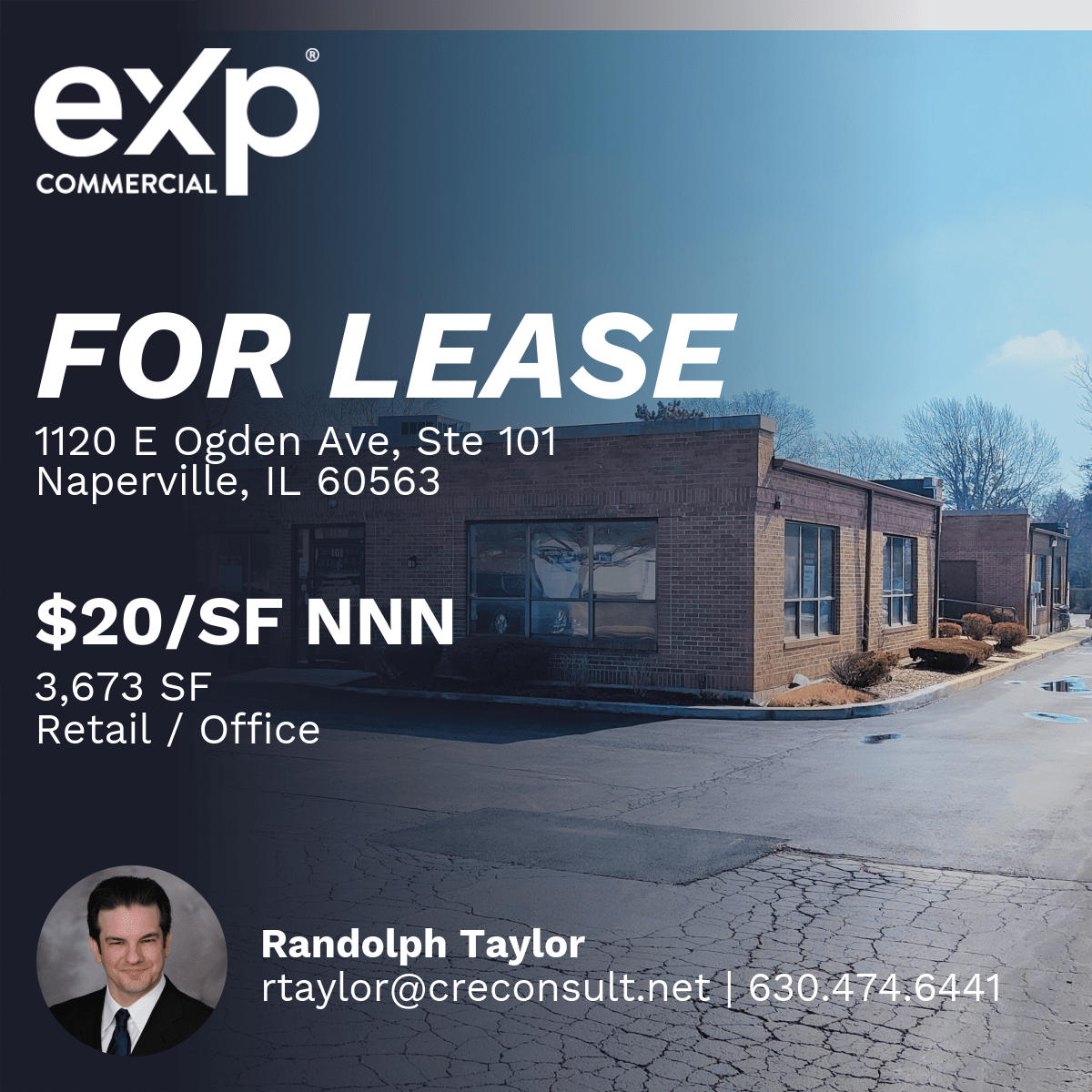Record inflation means that nearly all consumer products cost more today than they did a year or two ago. Utility costs are no different. For example, electricity prices nationwide have jumped 7.5% since last year – and they’re expected to continue climbing.
Utility costs represent a major expense for landlords. This is especially true at multifamily apartment buildings where base rent often includes utility costs. When landlords must incur these costs, the cash flow impacts can be substantial.
In this article, we will look at what’s known as RUBS -or a ratio utility billing system. Implementing a RUBS program is a common way owners pass utility costs on to their renters.
What is a Ratio Utility Billing System (RUBS)?
Many properties are originally built with only one set of utility meters. The one set of meters measures electricity, gas, and water usage for the entire building.
A RUBS program is a way of allocating utility costs to tenants without submetering each unit.
In a single-metered apartment building, the landlord covers all utility costs and charges a premium rent to recover those costs. Instead, an owner can submeter the property so that each unit has its utility meters.
However, submetering can be costly and, in many cases, inefficient. Instead, owners may consider implementing a Ratio Utility Billing System – or RUBS.
A RUBS program is a way of allocating utility costs to tenants without submetering each unit. Instead, each tenant pays a certain portion of each month’s utility bills using some pre-set formula.
How to Calculate RUBS Payments
RUBS considers several factors, such as unit square footage, number of bathrooms, presence of washers/dryers, and unit occupancy. (The more sophisticated RUBS programs even submeter irrigation to pass those water and sewer costs on to tenants!
It’s important to understand that no one RUBS formula is used to account for total utility usage. Instead, each utility generally has its formula.
The gas bill may vary depending on whether the unit has a gas fireplace, gas stove, gas heat, or gas dryer.
Electricity bills include the number and type of light fixtures, electric stoves, electric heating, and electric washers and dryers.
Here is a simple example. In a 20-unit apartment building, Unit 101 might be assigned a RUBS ratio of 4% if the total water bill for the property is $1800 that month. The tenant would be responsible for $72 toward that cost ($1800 x 0.04).
Unit 202 might be larger and, therefore, may have a RUBS ratio of 5.75%. In that case, the tenants would be responsible for $103.50 toward that cost ($1800 x 0.0575).
Similar calculations would then be made for each of the monthly utility costs.
Top Reasons to Implement RUBS System at Multifamily Properties
1. Increase Revenue
Any operational cost that is passed through to tenants is essentially saving owners money. At a 300-unit apartment building, for example, the annual water and sewer savings can top upwards of $70,000.
A RUBS program is a very effective way for owners to preserve their cash flow and increase their net operating income.
Let’s say utilities represent 20% of an owner’s operational costs. Depending on the size of the property, that 20% can translate into thousands of dollars in savings.
A RUBS program is a very effective way
for owners to preserve their cash flow and
increase their net operating income.
Of course, landlords who implement a RUBS scheme may have to adjust their rents accordingly. Owners should factor this in and be sure there is a sufficient delta to justify using RUBS.
2. Avoid Costly Submetering
Ideally, the properties would be sub-metered at the time of construction. Unfortunately, this often isn’t the case. Owners who want to pass through utility costs to tenants can either submeter each unit or utilize a RUBS program.
Submetering is complicated and can be capital-intensive. Each submeter can cost upwards of $750 to install. In older buildings, especially those with several pipes feeding a single unit, retrofitting to the submeter may be extremely expensive.
Submetering can also disrupt tenants simply because their utilities must be turned off during installation. Tenant satisfaction is always an important consideration.
3. More Stable Cash Flow
Fluctuating utility prices can disrupt an owner’s original cash flow projections. For example, a 10% increase in electricity costs will quickly eat away at revenue if the owner incurs those costs.
Of course, multifamily owners can increase rent to accommodate higher utility costs. However, most tenants are on year-long leases, meaning landlords must wait until the lease expires to increase rents.
A tenant may opt not to renew their lease if rent increases are significant. Unit turnover can also cut into the cash flow of an owner.
A RUBS program ensures more stable cash flow from month to month and year to year.
4. Easier to Market Units for Rent
Some people will only look for apartments listed within a certain price range. Multifamily owners utilizing RUBS can charge lower base rent, attracting a larger audience. They can then turn around and boost revenue on the back end by passing utility costs on to their tenants.
5. Forced Appreciation
Because commercial values are largely based on net income. It is the properties with higher NOI that are considered more valuable. RUBS can increase multifamily NOI and in doing so, creates forced appreciation based on a simple cap-rate calculation.
Why RUBS is a Good Hedge Against Inflation
Economists often debate whether rising energy prices contribute to inflation or vice versa, whether rising inflation causes energy prices to surge. In any event, both are currently on the rise.
One way to offset higher utility costs is by implementing a RUBS strategy. With this strategy, utility costs become a variable expense, meaning that when costs go up, someone else pays the difference.
A RUBS system allows multifamily owners to pass these higher costs on to tenants, thereby saving money. Owners who have low fixed costs tend to profit as inflation rises. Owners can increase rent to account for inflation without incurring the expense of rising utilities.
How to Implement a RUBS Program at a Multifamily Building
Owners should start by assessing their property. Determining whether the current setup, a RUBS program, or submetering units would be the most cost-effective. Assuming RUBS is the solution, owners should begin reaching out to their utility providers to make this change.
Implementing a RUBS program is also a great time to have the utility company do an energy assessment of the building. This helps the owner uncover ways to improve the property’s energy efficiency. Subsequent improvements (e.g., installing low-flow toilets or ductless heating) will lower utility costs for the tenants.
It is important to give tenants notice that this change is coming. The best practice is to give tenants six months’ notice if possible. The notice should explain the new policy, its rationale, and how utility costs will be calculated and allocated. Clear communication is essential.
Implementing a RUBS program is also a great time to have the utility company do an energy assessment of the building.
Any new lease should include information on how RUBS will be used to charge tenants. It should also explain how tenants can pay their utility bills each month. This helps to prevent surprises or disputes down the road.
On the operational side. All building, unit, and resident information must be uploaded into the property’s billing system.
They should verify that all the information provided to tenants is accurate between notice to tenants and actually “switching on” RUBS. Property managers are typically the best source of this information.
Once the transition has occurred, owners should utilize their property management software to send tenants copies of their utility bills accordingly.
Additional Considerations for Using RUBS at Multifamily Apartments
- Not all states look upon RUBS favorably.Before implementing a RUBS program, ensure that it is authorized at the local and government level. For instance, it is prohibited in Delaware and Miami. However, California considers RUBS payments a form of rent. Therefore, in rent-controlled communities, charging for RUBS can put owners above the allowable rent increase. In such situations, multifamily owners may be better off submetering the property instead of utilizing a RUBS system.
- RUBS may not be generally accepted in the marketplaceSome nuances to multifamily investments can vary from one market to another. In some regions, for example, the Northeast. Heat, water, and sewer charges are almost always included in the rent at 5+ unit apartment buildings. Owners should carefully consider whether to proceed with a RUBS strategy in markets like these. At a minimum, check to see what local competition is doing before moving forward.
- You may incur some pushback from existing tenants.The transition to a RUBS program is sometimes difficult. Existing tenants often push back on these costs if their base rent remains unchanged. Tenants may see their utilities as something they’ve been receiving for “free” which would now equate to a major cost. Some may request a rent reduction at the outset. Others may opt to leave the property entirely. As a result, a RUBS program is most easily implemented during a change in ownership. Or after an owner has already achieved more comprehensive value-add property improvements.
- RUBS doesn’t result in any significant energy savingsContrary to popular belief, the RUBS system does not generate substantial energy savings. Tenants are charged their pro-rata share of the utilities regardless of how they consume. As a result, RUBS does not encourage water or energy conservation the way that submetering does. There may be some impact at the margins, but owners should not expect a big drop-off in total consumption.
Conclusion
RUBS utility billing can help multifamily property owners add value to their buildings. Mainly by passing on a portion of their operational costs to tenants.
This increases the owner’s NOI and enhances the property’s value. It’s a cost-effective solution that all owners should explore.







